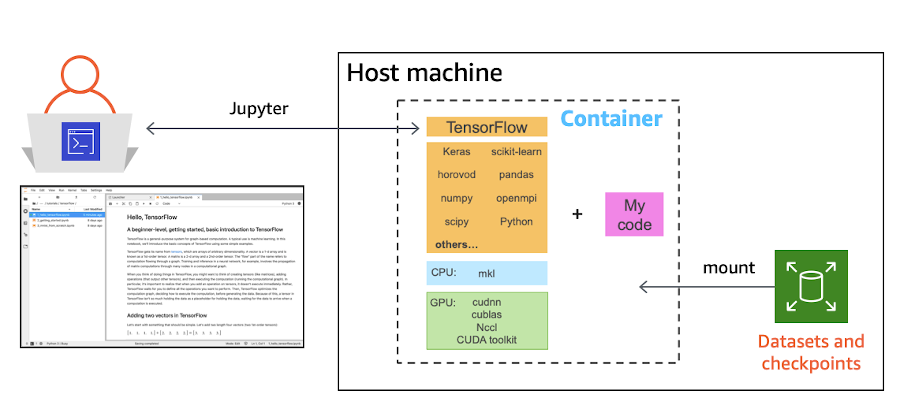AWS Open Source Blog
Category: Compute
How a startup wants to help secure the open source ecosystem with huntr, a bug bounty board
This article is a guest post from 418sec co-founders Adam Nygate, Jake Mimoni, and Jamie Slome. Dependency on open source code has grown over the years, and as new open source technologies are introduced, so are more vulnerabilities. Review by “many eyes” helps secure open source software, and depends on exposing the code to as […]
Getting started with Jitsi, an open source web conferencing solution
Teams across the world are looking for solutions that help them to work and collaborate online in these unprecedented times. There are many options that customers have, so this post will help provide you with some options if you are looking. Many teams choose to use managed solutions to enable collaboration. If your business needs […]
Deploying an AWS Lambda function with the serverless framework and Tekton
This article is a guest post from Sebastien Goasguen, co-founder of TriggerMesh. Deploying AWS Lambda functions with the serverless framework is arguably the easiest way to deploy functions and configure how they get triggered. If you want to automate your function deployment, you will most likely do so via your CI/CD workflow. A CI/CD pipeline […]
Why use Docker containers for machine learning development?
I like prototyping on my laptop, as much as the next person. When I want to collaborate, I push my code to GitHub and invite collaborators. And when I want to run experiments and need more compute power, I rent CPU and GPU instances in the cloud, copy my code and dependencies over, and run […]
Connecting AWS managed services to your Argo CD pipeline with open source Crossplane
This article is a guest post from Dan Mangum, a software engineer at Upbound. Cloud infrastructure is maturing rapidly, enabling businesses to take advantage of new architectures and services alongside applications running on Amazon Elastic Container Service (Amazon ECS). Infrastructure teams find that they are managing both traditional cloud environments, using tools such as AWS […]
Introducing a Dart runtime for AWS Lambda
Dart is a fast growing open source programming language, and powers some rapidly growing open source projects, such as Flutter. Thanks to custom AWS Lambda runtimes, you can run Dart in AWS Lambda. Writing your functions in Dart enables you to use your skills to develop mobile applications to create serverless backends. You also can […]
How to integrate AWS Lambda with Spinnaker
In mid-2018, AWS began contributing to an exciting open source project, Spinnaker from Netflix. Spinnaker is a cloud-based continuous delivery platform for releasing software changes rapidly and reliably. Spinnaker enables developers to focus on writing code and deploying their applications without having to worry about the underlying infrastructure. It integrates seamlessly with tools such as […]
Continuous delivery with server-side Swift on AWS
Swift is a general-purpose programming language released by Apple in 2014. It aimed to provide many of the features of Objective-C, such as type safety, late binding, and dynamic dispatch, in a package that would improve developer productivity and code safety. Although Swift has been a popular replacement for Objective-C for iOS development, it is […]
re:Cap part three – open source at re:Invent 2019
Wrapping up our final summary, we kick off with a roundup of the open source updates in the area of compute and emerging technologies. We start with a great explanation of Fargate on Firecracker from Clare Ligouri during Werner Vogel’s keynote, and proceed to a broad selection of the container sessions and workshops that ran […]
Consistent OIDC authentication across multiple EKS clusters using Kube-OIDC-Proxy
Amazon Elastic Kubernetes Service (Amazon EKS) authenticates users against IAM before they’re granted access to an EKS cluster. Access to each cluster is controlled by the aws-auth ConfigMap, a file that maps IAM users/roles to Kubernetes RBAC groups. In this guest post from Josh Van Leeuwen from Jetstack, we look at how we can use […]





